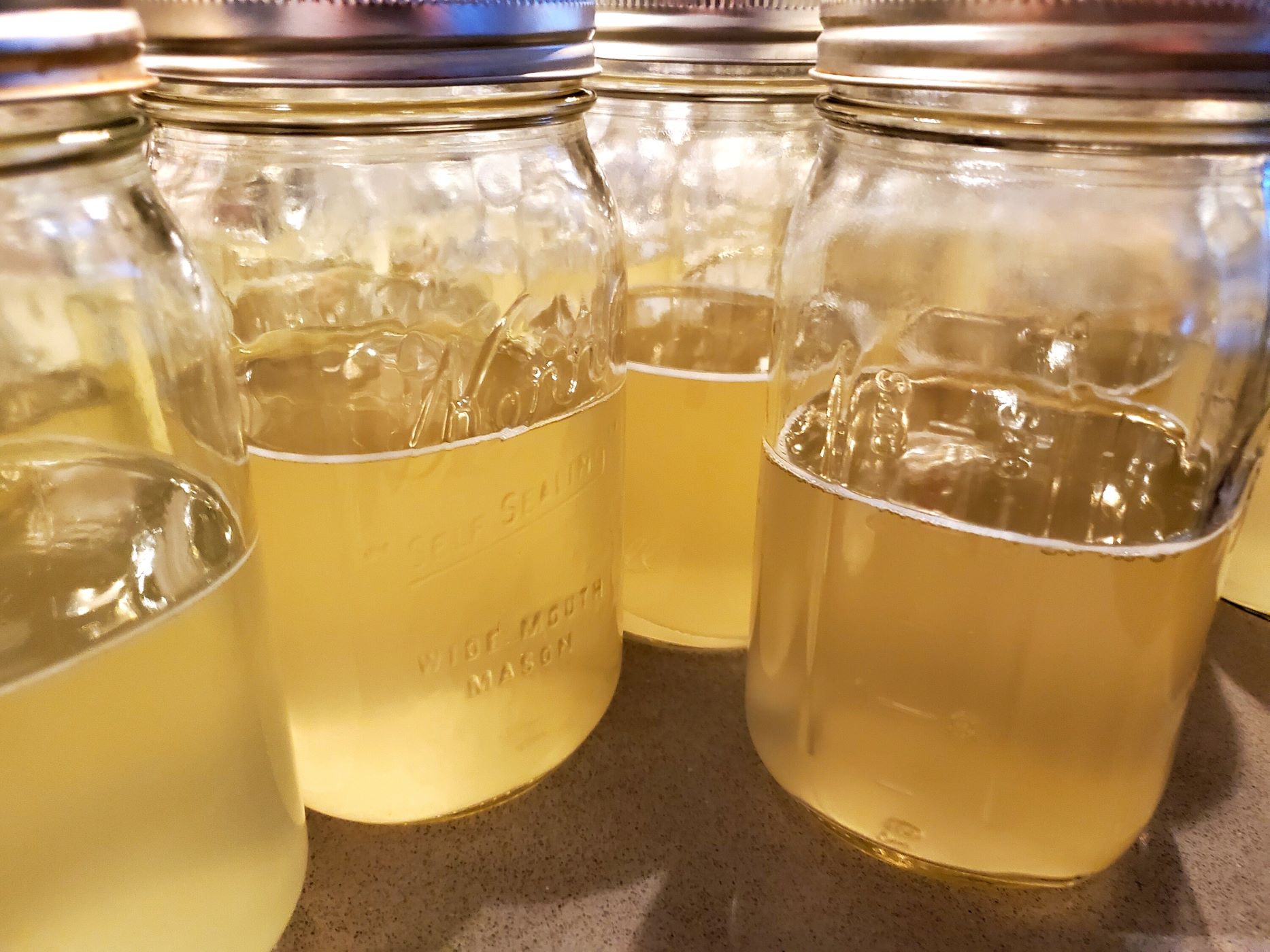

Articles
How To Store Liquid Culture
Modified: January 6, 2024
Learn the art of liquid culture storage with our informative articles. Discover the best techniques and tips to maximize your success.
(Many of the links in this article redirect to a specific reviewed product. Your purchase of these products through affiliate links helps to generate commission for Storables.com, at no extra cost. Learn more)
Introduction
Welcome to this comprehensive guide on how to store liquid culture. Liquid culture is a valuable tool in various fields, including microbiology, agriculture, and fermentation. It allows for the propagation, preservation, and easy distribution of microorganisms and other biological substances.
Storing liquid culture properly is essential to maintain its viability over an extended period. If not stored correctly, the culture may degrade or become contaminated, rendering it ineffective. In this article, we will walk you through the steps to effectively store liquid culture, ensuring its longevity and usability.
Before we delve into the details, let’s first gather all the necessary equipment you’ll need for this process.
Key Takeaways:
- Properly storing liquid culture is crucial for maintaining viability and minimizing contamination. Follow sterilization, monitoring, and revival steps to ensure the longevity of your microorganisms.
- Choose the right container, sterilize thoroughly, and monitor regularly to maintain the health and viability of your liquid culture. Revive stored cultures with fresh medium and suitable growth conditions when needed.
Read more: How To Store Liquid Culture Syringes
Equipment Needed
Before you start storing liquid culture, make sure you have the following equipment ready:
- Glass containers: Choose containers with tight-fitting lids, such as mason jars or glass bottles, to prevent contamination.
- Autoclave or pressure cooker: This is necessary for sterilizing the glass containers and other tools.
- Alcohol burner or Bunsen burner: Used for flaming the mouth of the container to create a sterile environment during the transfer process.
- Cotton plugs or foam stoppers: These are used to cover the mouth of the container to allow gas exchange while preventing contamination.
- Alcohol wipes or spray: Use these to clean the working area, containers, and tools before and after each use.
- Gloves: Disposable gloves are essential to maintain a sterile environment and prevent contamination.
- Liquid culture medium: Depending on the purpose of your liquid culture, you may need specific nutrients or additives to support the growth of the microorganisms.
- Magnetic stirrer or shaker: These are optional but can be useful for providing agitation and aeration to the liquid culture.
- Labels: It’s important to label your containers with the date, type of culture, and any other relevant information.
Once you have gathered all the necessary equipment, you’re ready to begin the process of storing your liquid culture. But first, let’s discuss how to choose the right container for your needs.
Choosing the Right Container
Choosing the right container for storing your liquid culture is crucial to maintain its integrity and prevent contamination. Here are some factors to consider when selecting a container:
- Material: Glass containers are the preferred choice for storing liquid culture due to their non-reactive nature and ability to be sterilized. Avoid plastic containers, as they can leach harmful chemicals and may not withstand the sterilization process.
- Size: Select a container size that matches the volume of your liquid culture. It’s advisable to choose a container that provides enough headspace to allow for agitation or expansion during the storage period.
- Lid: Opt for containers with airtight lids to prevent contamination. Ensure that the lids have a secure seal and are easy to open and close without compromising sterility.
- Transparency: Clear glass containers are preferable as they allow you to visually inspect the culture for any signs of contamination, growth, or changes in color or consistency.
Additionally, consider the convenience of handling the container. If you plan to store the culture for an extended period or distribute it to others, choose a container that is easy to handle and transport.
Once you have selected the appropriate containers, it’s crucial to sterilize them thoroughly before use to ensure a sterile environment for your liquid culture. Let’s move on to the next step: sterilizing the container.
Sterilizing the Container
Sterilizing the container is a critical step in the process of storing liquid culture. Proper sterilization helps eliminate any potential contaminants and ensures a sterile environment for your culture. Here’s how you can sterilize the container:
- Start by cleaning the container thoroughly with soap and water. Remove any dirt or residue from the surface.
- Rinse the container with distilled or sterilized water. Tap water may contain impurities that can interfere with the sterilization process.
- If you have an autoclave, place the container in the autoclave along with the lid. Follow the manufacturer’s instructions for the appropriate sterilization parameters, including temperature and duration. Typically, a temperature of 121°C (250°F) at 15 psi for 15-20 minutes is recommended for sterilizing glass containers.
- If you don’t have an autoclave, you can use a pressure cooker as an alternative. Place the container and the lid inside the pressure cooker, ensuring they are elevated off the bottom with a rack or trivet to prevent direct contact with the heat. Add water to the pressure cooker according to the manufacturer’s instructions.
- Close the pressure cooker and heat it over high heat until it reaches the desired pressure (typically 15 psi). Reduce the heat to maintain the pressure and sterilize the container for 15-20 minutes.
- Once sterilization is complete, turn off the heat and allow the pressure to naturally release. Be cautious when opening the pressure cooker to avoid burns from the hot steam.
- Take the container out using sterilized tongs or gloves, and place it on a clean and sterile surface. Avoid touching the inside of the container with your hands or any non-sterile objects.
It’s important to note that the sterilized container should be handled in a clean and controlled environment to avoid contamination. Now that your container is sterilized, let’s move on to preparing the liquid culture.
Preparing the Liquid Culture
Preparing the liquid culture involves creating a nutrient-rich environment for the microorganisms to grow and thrive. The specific preparation steps may vary depending on the type of culture you are storing. Here’s a general guide on how to prepare a liquid culture:
- Start by preparing the liquid culture medium. This can be done by following a specific recipe or using a pre-made commercially available medium. Ensure that the medium contains the necessary nutrients, such as sugars, proteins, vitamins, and minerals, to support the growth of your desired microorganisms.
- In a sterilized container, add the appropriate amount of distilled or sterilized water as indicated by the medium recipe or instructions. Avoid using tap water as it may contain contaminants.
- Add the powdered or liquid form of the medium to the water while stirring gently to dissolve it completely. Follow the instructions provided with the medium for the precise concentrations and mixing instructions.
- Once the medium is fully dissolved, you may want to adjust the pH if necessary. Certain microorganisms require specific pH conditions for optimal growth. Use pH test strips or a pH meter to measure and adjust the pH level according to your specific requirements.
- If desired, you can add any additional supplements or inducers to the medium at this stage. These could include antibiotics, growth factors, or specific substances that promote the growth or activity of certain microorganisms.
- Once you have prepared the liquid culture medium, it’s time to transfer the liquid culture into the sterilized container.
Now that your liquid culture is prepared and transferred into the sterilized container, we can proceed to the next step: transferring the liquid culture.
Store liquid culture in a clean, airtight container to prevent contamination. Keep it in a cool, dark place to maintain its viability for longer periods.
Read more: How To Store Mushroom Liquid Culture
Transferring the Liquid Culture
Transferring the liquid culture is a crucial step in the process of storing it properly. This step involves transferring a small portion of the cultured medium into the sterilized container, ensuring the preservation of the microorganisms. Follow these steps to transfer the liquid culture:
- Prepare a sterile working area. Clean the area thoroughly and disinfect it with alcohol wipes or spray. Wear gloves throughout the process to maintain a sterile environment.
- Flame the mouth of the sterilized container using an alcohol burner or Bunsen burner. This step helps create a sterile environment and prevents contamination during the transfer process.
- Using a sterilized transfer tool like a pipette or inoculating loop, transfer a small portion of the liquid culture from the original container into the sterilized container. Take care to avoid touching the inside of the containers or any non-sterile surfaces.
- Seal the sterilized container with a cotton plug or foam stopper. This allows for gas exchange while providing a barrier against contaminants.
- Label the sterilized container with the necessary information, including the date, type of culture, and any additional details that may be relevant.
- Store the sterilized container in an appropriate location based on the specific requirements of your microorganism. Some cultures may require refrigeration, while others may be best kept at room temperature.
It’s important to minimize the exposure of the liquid culture to the air and to work as quickly and precisely as possible during the transfer process to reduce the risk of contamination. The next step is to discuss how to properly store the liquid culture to maintain its viability.
Storing the Liquid Culture
Proper storage is vital to maintain the viability and longevity of your liquid culture. Follow these guidelines to ensure the optimal storage conditions:
- Place the sterilized container in a designated storage area that is clean, dry, and free from direct light. Minimize temperature fluctuations and exposure to extreme heat or cold.
- If refrigeration is required for your specific microorganism, store the liquid culture in a refrigerator set to the appropriate temperature. Make sure the culture is kept away from food items to prevent cross-contamination.
- For cultures that do not require refrigeration, store the container in a cool and stable room temperature environment.
- Avoid shaking or disturbing the liquid culture unnecessarily, as this can disrupt the growth patterns of the microorganisms and increase the risk of contamination. However, if agitation is required for certain cultures, use a magnetic stirrer or shaker set to the appropriate speed.
- Regularly check the container for any signs of contamination, such as discoloration, unusual odors, or visible growth. If any contamination is detected, discard the culture immediately to prevent further spread.
- Ensure that the container is tightly sealed to prevent contamination from entering. If the cotton plug or foam stopper becomes dirty or damaged, replace it with a fresh, sterile one.
- Keep a record of the storage conditions, including the temperature, duration, and any observations. This information will be helpful for future reference and troubleshooting.
It’s important to note that the viability of the liquid culture may vary depending on the specific microorganism. Some cultures may have a shorter shelf life, while others can be stored for longer periods. Regular monitoring is necessary to ensure the quality and vitality of the culture.
In the next section, we will discuss how to monitor the liquid culture to ensure its health and viability over time.
Monitoring the Liquid Culture
Monitoring the liquid culture is crucial to ensure its health and viability throughout the storage period. By regularly observing and assessing the culture, you can detect any signs of contamination or degradation early on. Follow these steps to effectively monitor your liquid culture:
- Regularly inspect the container for any visible signs of contamination, such as changes in color, presence of mold, or unusual growth patterns. If any contamination is detected, discard the culture immediately to prevent further spread.
- Observe the culture for any changes in odor. Unpleasant or foul smells can indicate contamination or the release of harmful byproducts from the microorganisms.
- Monitor the growth patterns of the culture. Depending on the specific microorganism, there may be expected growth characteristics or patterns to look out for. Any abnormal growth or lack of growth may indicate issues with the culture.
- Regularly check the pH of the liquid culture if pH stability is critical for the survival of the microorganisms. Use pH test strips or a pH meter to measure and adjust the pH if necessary.
- Maintain detailed records of the observations and any changes you observe in the culture. This information will help track the culture’s health and provide insights for troubleshooting any issues that may arise.
- Consider periodically sub-culturing the liquid culture to refresh and rejuvenate it. This process involves transferring a small portion of the culture into fresh sterile medium to promote its growth and vitality.
- Always practice good laboratory hygiene, including proper handwashing, sanitization of tools and equipment, and adherence to sterile techniques to minimize the risk of contamination.
Monitoring the liquid culture allows you to catch any potential issues early on and take appropriate actions to maintain its health and viability. In the next section, we will discuss how to revive a stored liquid culture if needed.
Reviving a Stored Liquid Culture
Reviving a stored liquid culture is necessary when you want to bring it back to an active state after a period of storage. This process involves reactivating the microorganisms and providing them with the necessary conditions for growth. Here’s how you can revive a stored liquid culture:
- Start by sterilizing all the necessary equipment, including the containers, transfer tools, and any other items that will come into contact with the culture.
- Prepare a fresh batch of sterile liquid culture medium that is suitable for the growth of your specific microorganisms.
- Using sterile techniques, transfer a small portion of the stored liquid culture into the fresh medium. This can be done by carefully pipetting or inoculating the culture into the new container.
- Seal the revived culture container with a sterile cotton plug or foam stopper to allow for gas exchange while preventing contamination.
- Place the container in an appropriate environment with ideal conditions for the growth of the microorganisms, such as temperature, humidity, and light, as specified for your specific culture.
- Allow the revived culture to incubate and grow for a period of time, depending on the growth rate of the microorganisms. Monitor the culture closely for any signs of healthy growth.
- Regularly check and observe the revived culture for signs of contamination, unusual growth patterns, or changes in odor. If any issues are detected, discard the culture and repeat the revival process if needed.
It’s important to note that the revival success rate may vary depending on the age and storage conditions of the culture. Microorganisms that have been stored for longer periods may have reduced viability or need additional care during the revival process.
By following these steps, you can successfully revive a stored liquid culture and bring it back to an active and viable state. In the next section, we will conclude our guide on storing liquid culture.
Read more: How To Store Liquid Mushroom Culture
Conclusion
Properly storing liquid culture is essential for maintaining the viability and longevity of the microorganisms. By following the steps outlined in this guide, you can ensure the optimal storage conditions and minimize the risk of contamination or degradation.
Start by gathering all the necessary equipment, including glass containers, sterilization tools, and culture medium. Choose the right container and sterilize it thoroughly to create a sterile environment. Prepare the liquid culture by creating a nutrient-rich medium and transferring a small portion of the culture into the sterilized container.
Store the liquid culture in a clean and controlled environment, either at room temperature or in the refrigerator if required. Regularly monitor the culture for signs of contamination, changes in growth, and unusual odors. Maintain detailed records of the observations for future reference.
If you need to revive a stored liquid culture, follow the revival process by transferring a portion of the stored culture into fresh medium and providing suitable growth conditions. Monitor the revived culture closely for healthy growth.
Remember to practice good laboratory hygiene and sterile techniques throughout the process to minimize the risk of contamination.
By following these guidelines, you can effectively store liquid culture and ensure the ongoing viability and availability of your microorganisms for future use.
Thank you for reading this comprehensive guide on how to store liquid culture. We hope you found it informative and helpful. Happy culturing!
Frequently Asked Questions about How To Store Liquid Culture
Was this page helpful?
At Storables.com, we guarantee accurate and reliable information. Our content, validated by Expert Board Contributors, is crafted following stringent Editorial Policies. We're committed to providing you with well-researched, expert-backed insights for all your informational needs.
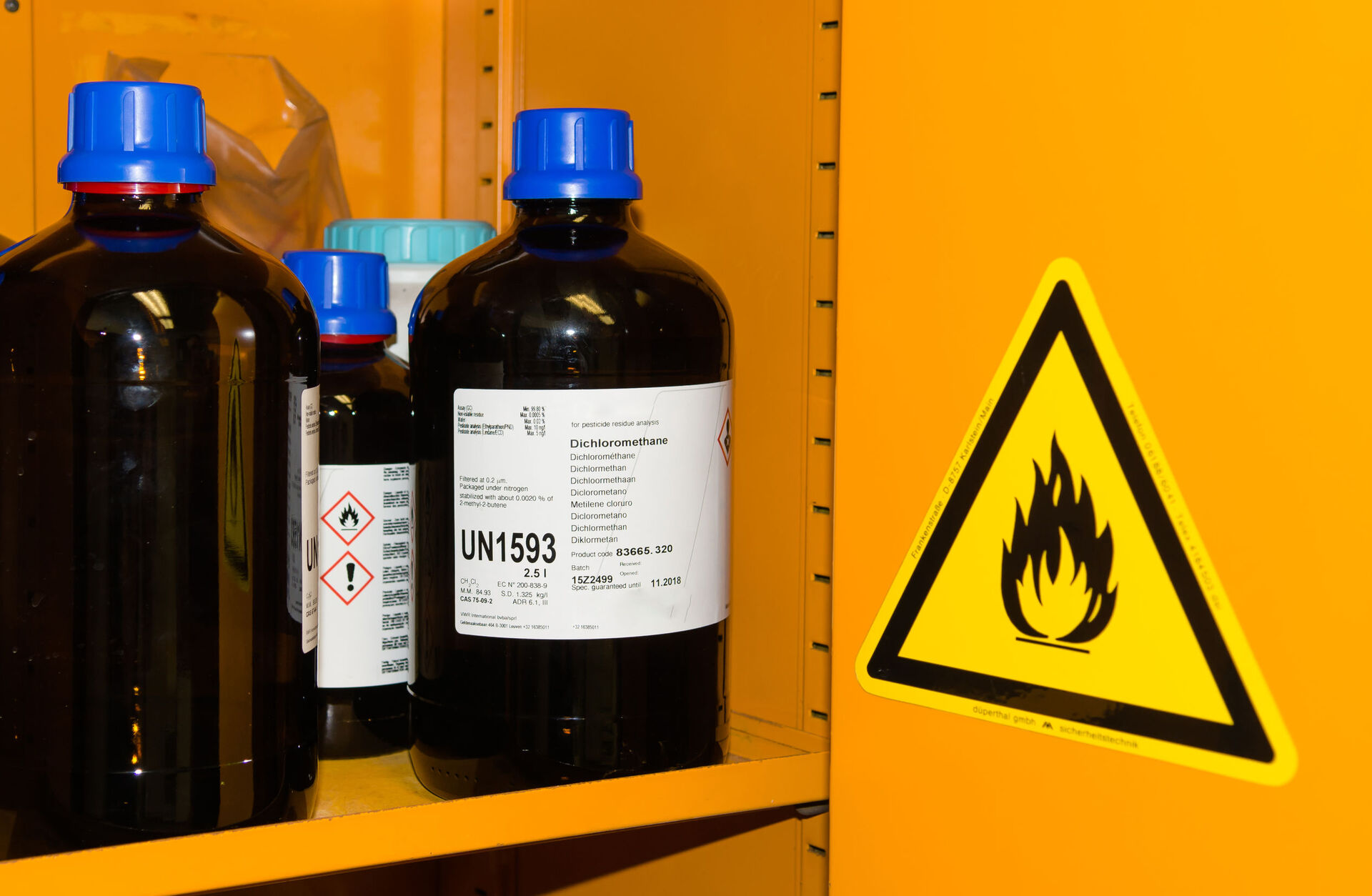
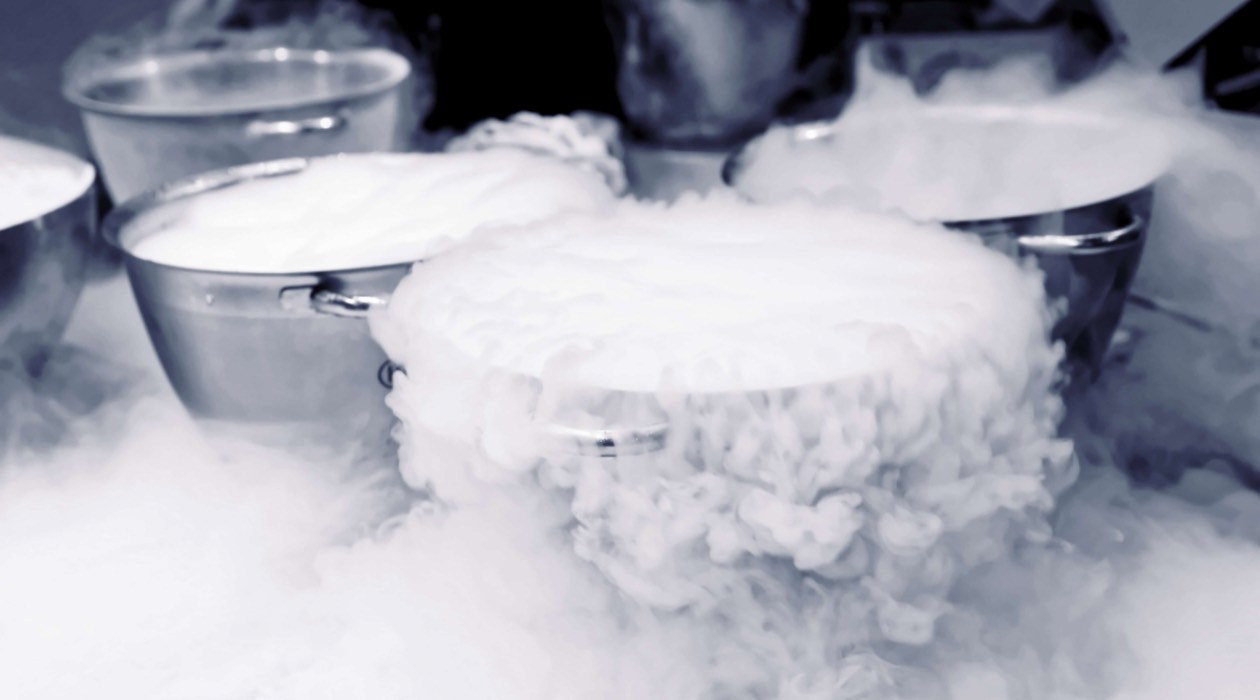
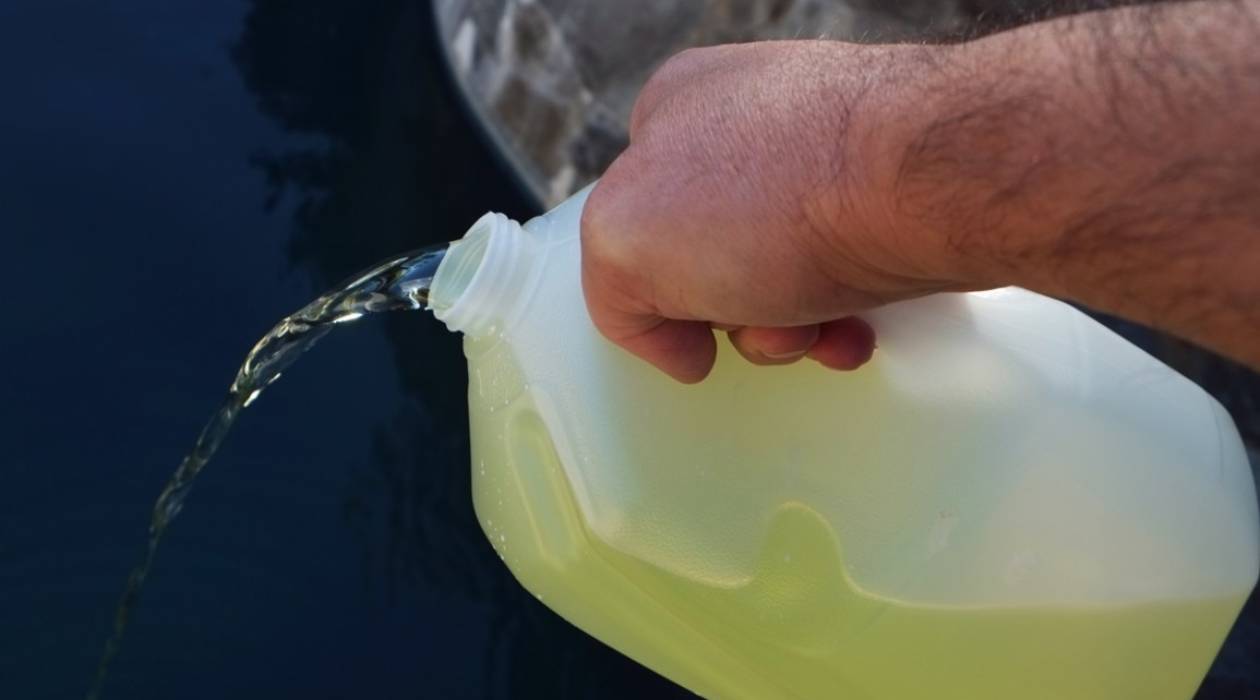
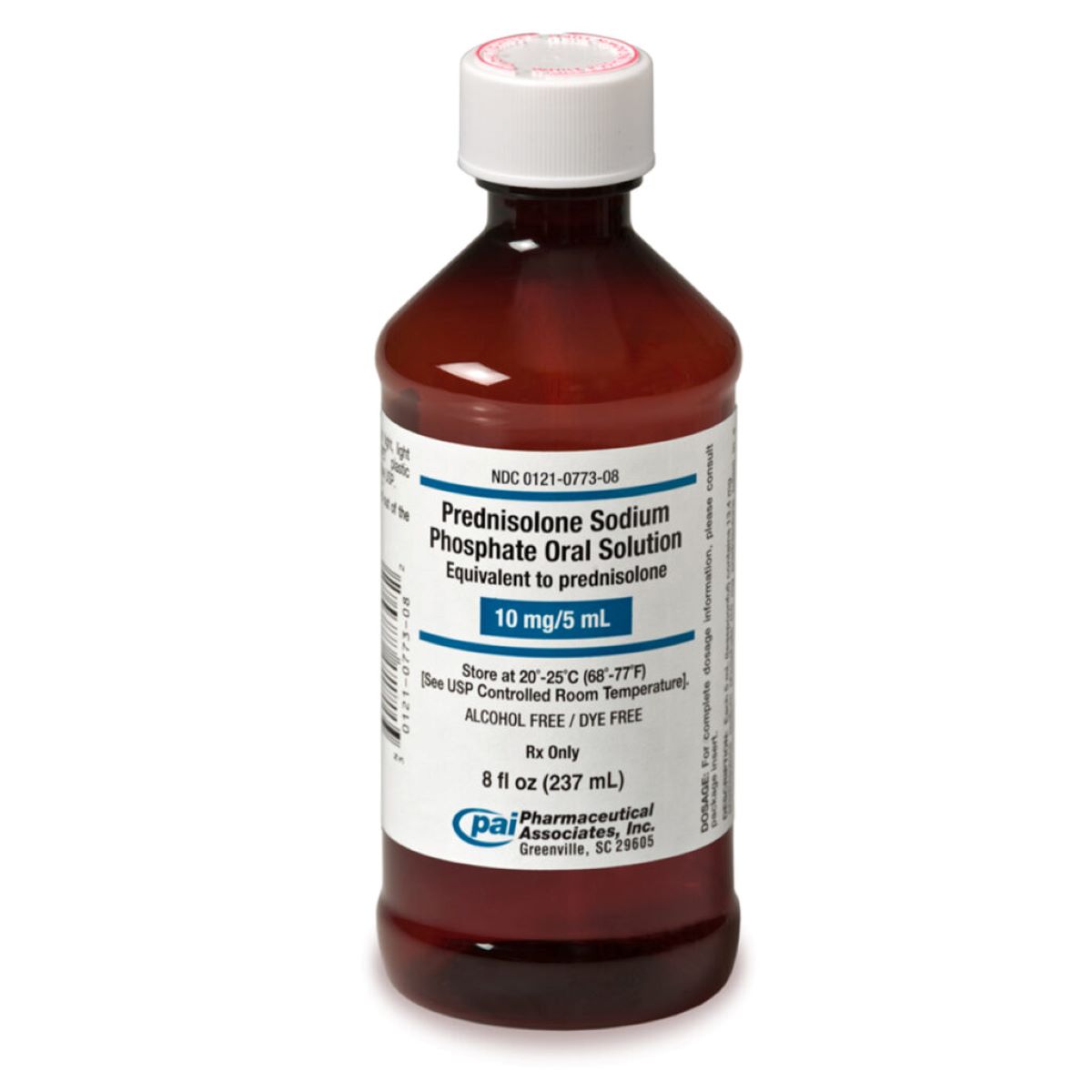
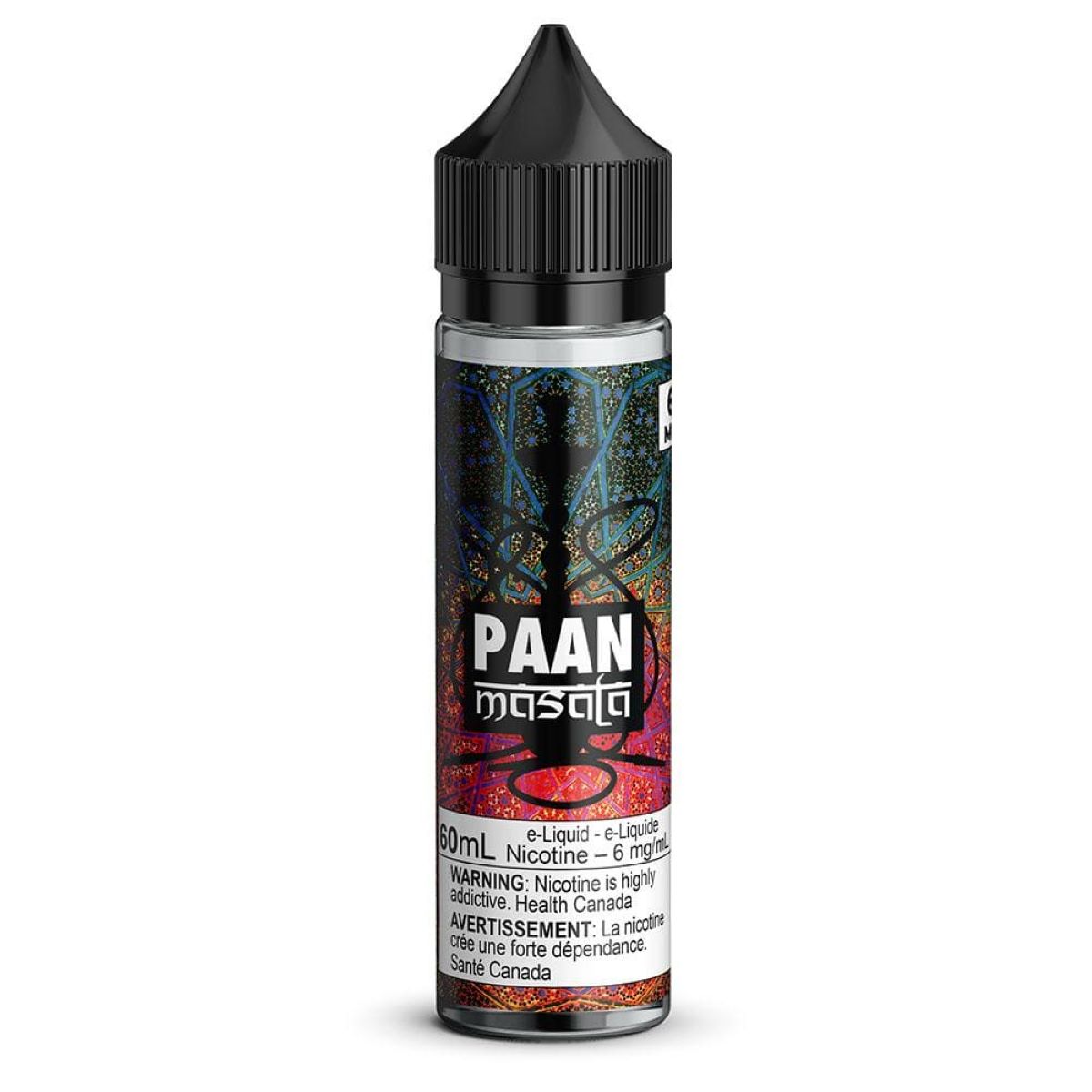
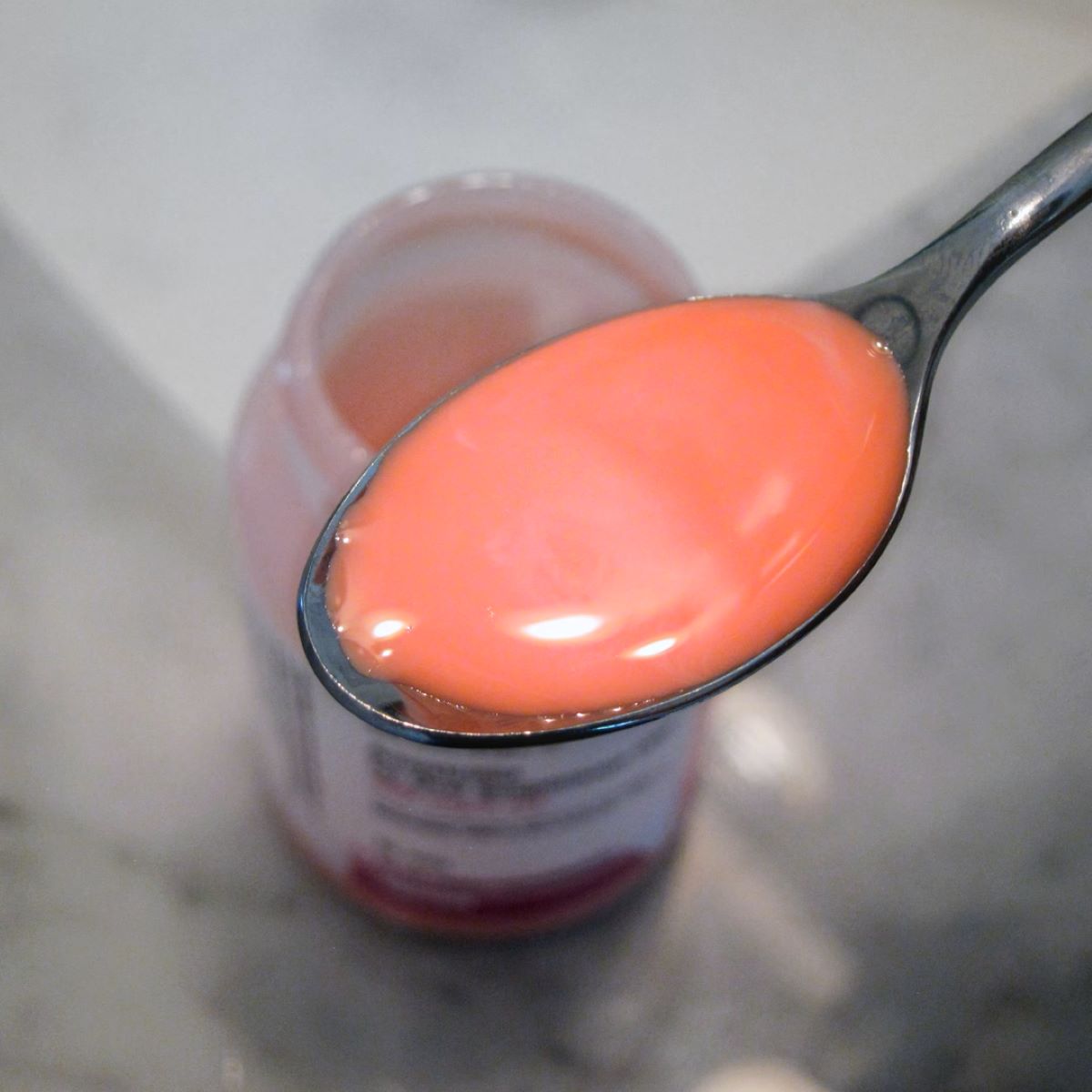
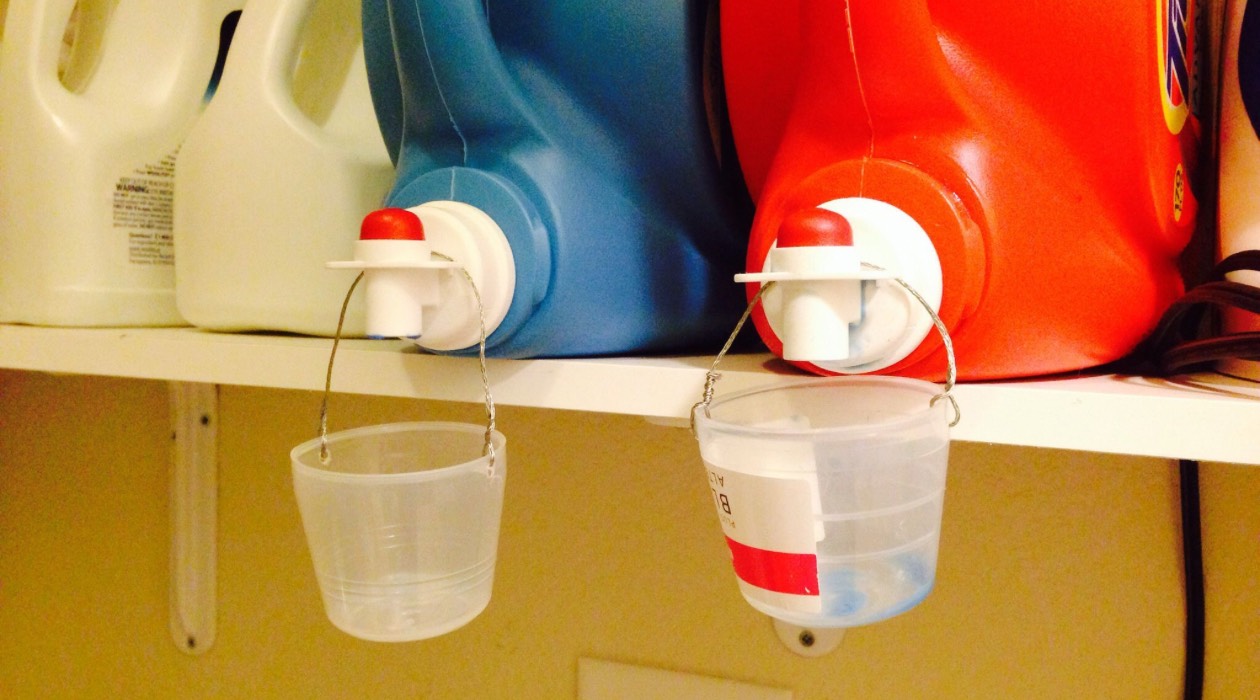
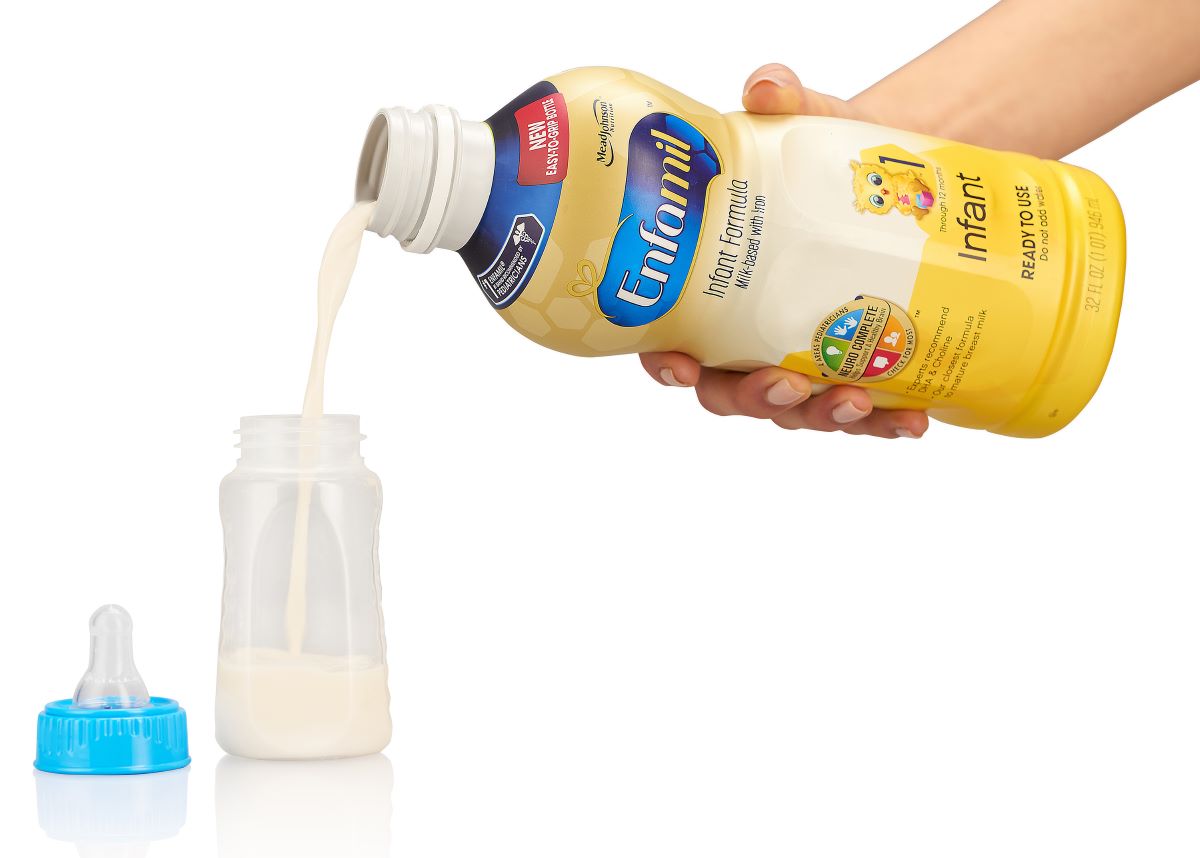
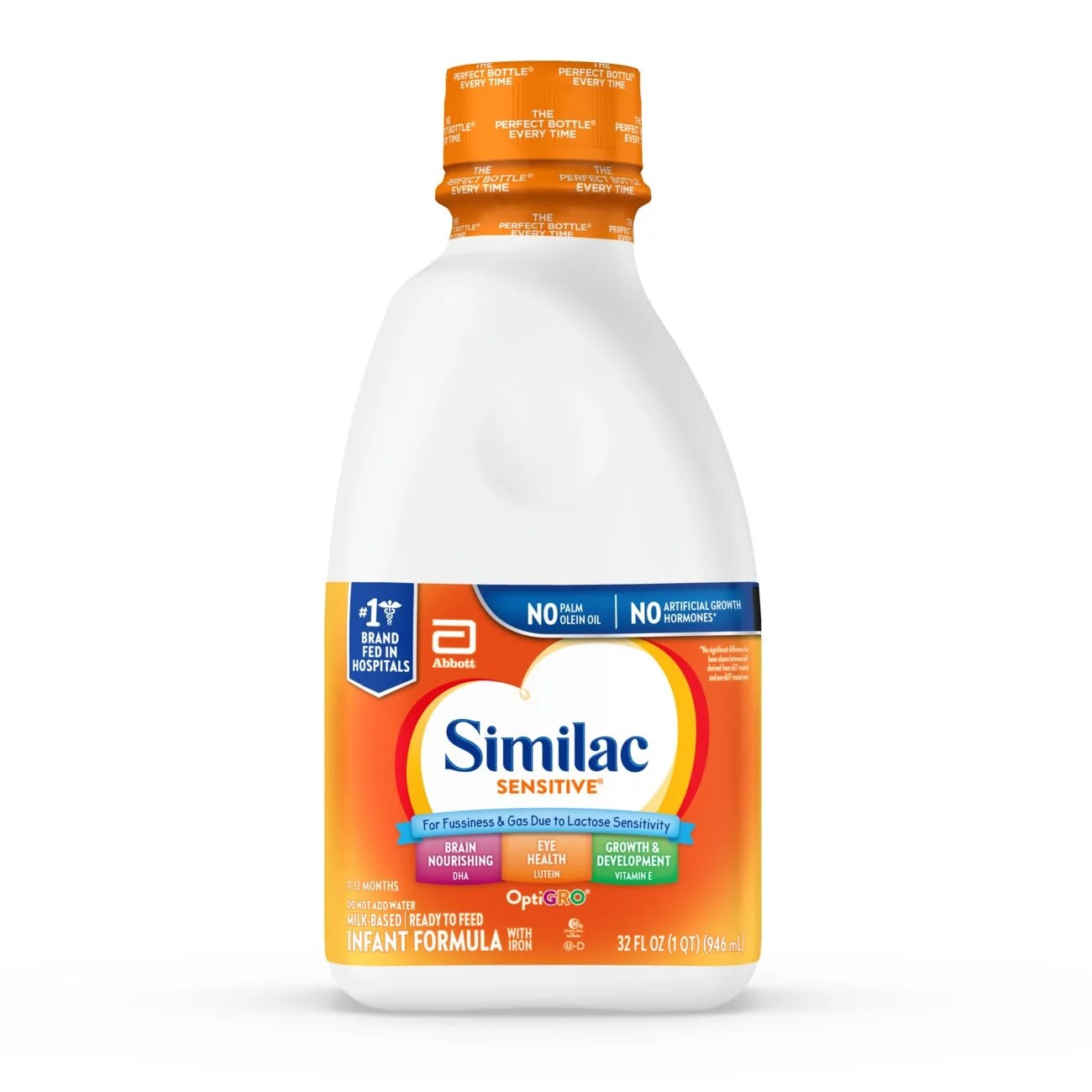
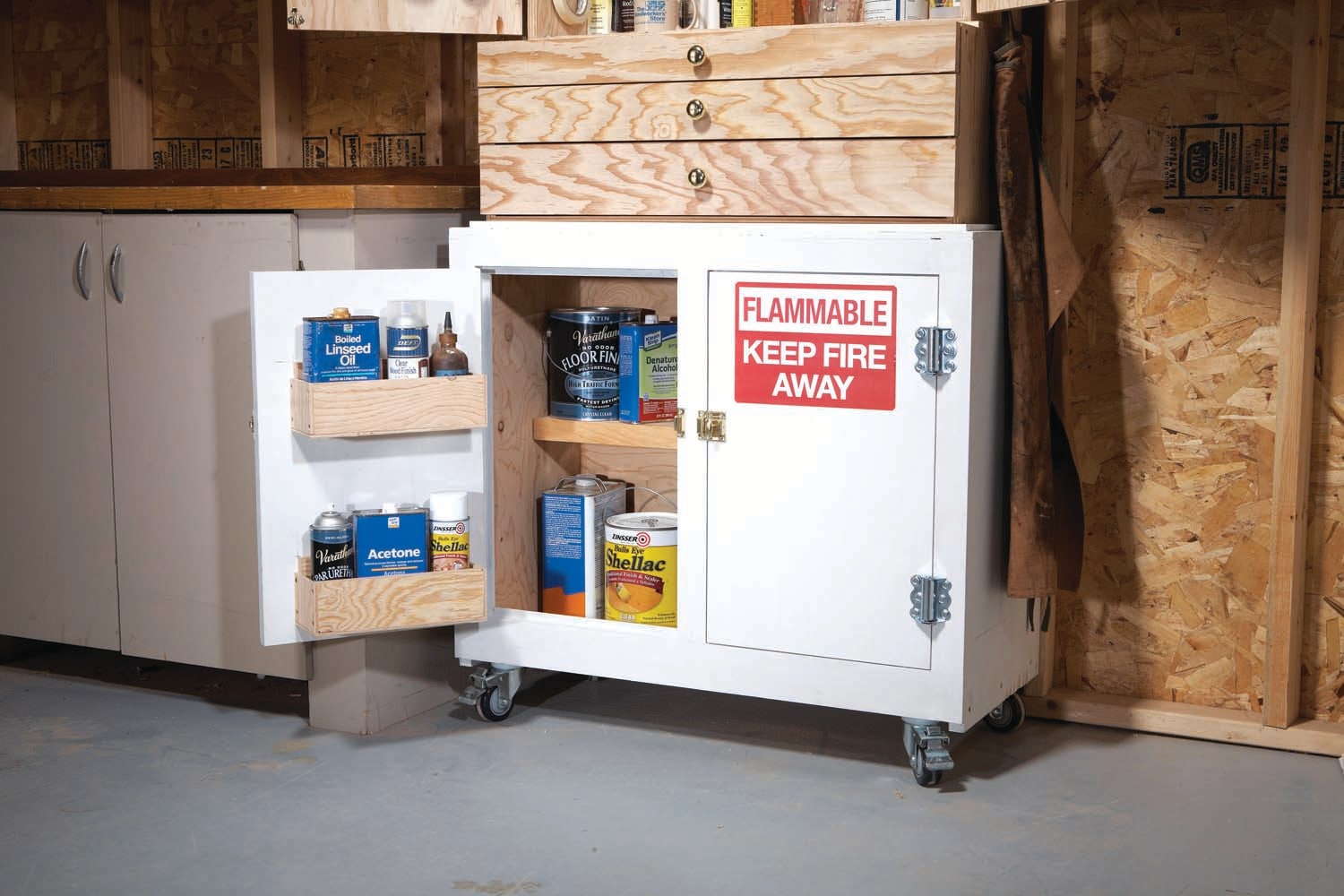
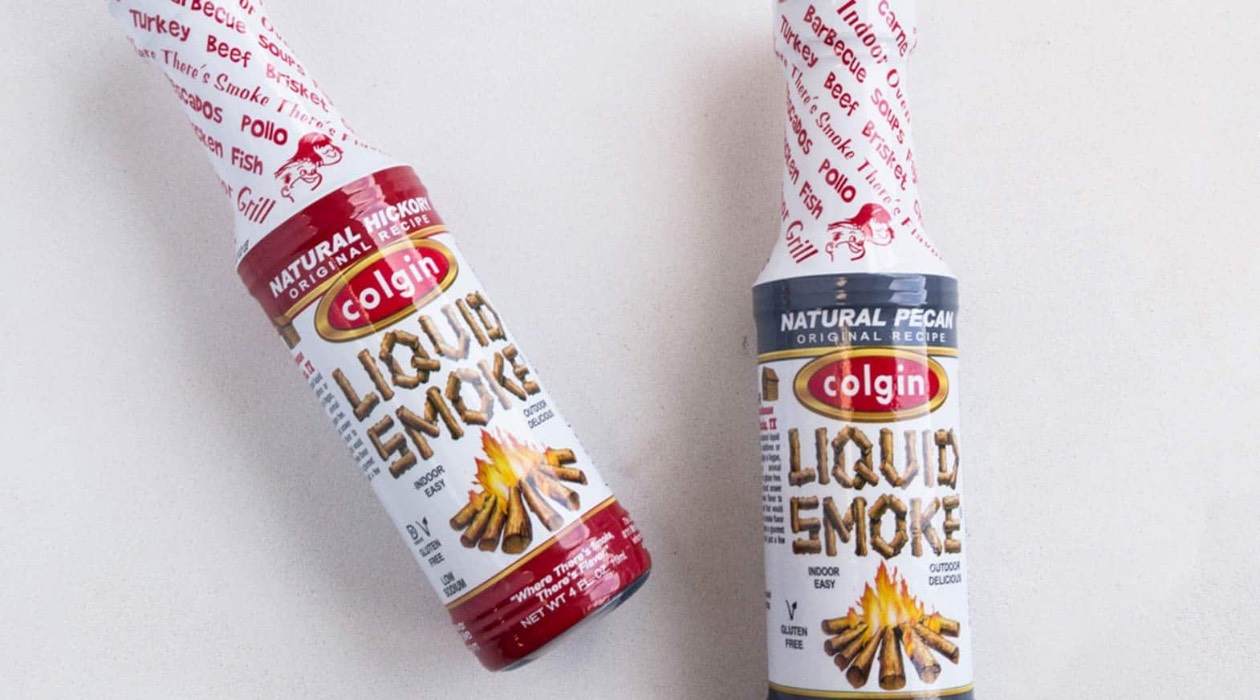



0 thoughts on “How To Store Liquid Culture”